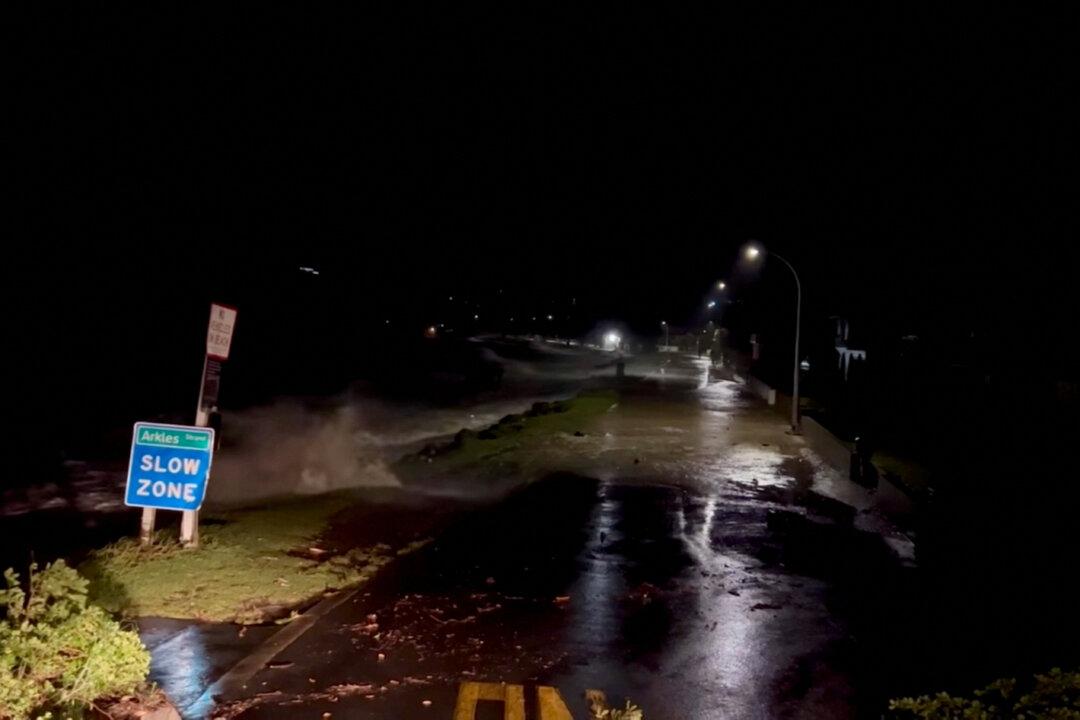New Zealand Prime Minister Chris Hipkins declared that Cyclone Gabrielle was the “most significant weather event” seen this century as hundreds of thousands of people remain without power in the country.
“The severity and the breadth of the damage that we are seeing have not been experienced in a generation,” he said in a cyclone update from Wellington on Feb. 14.





